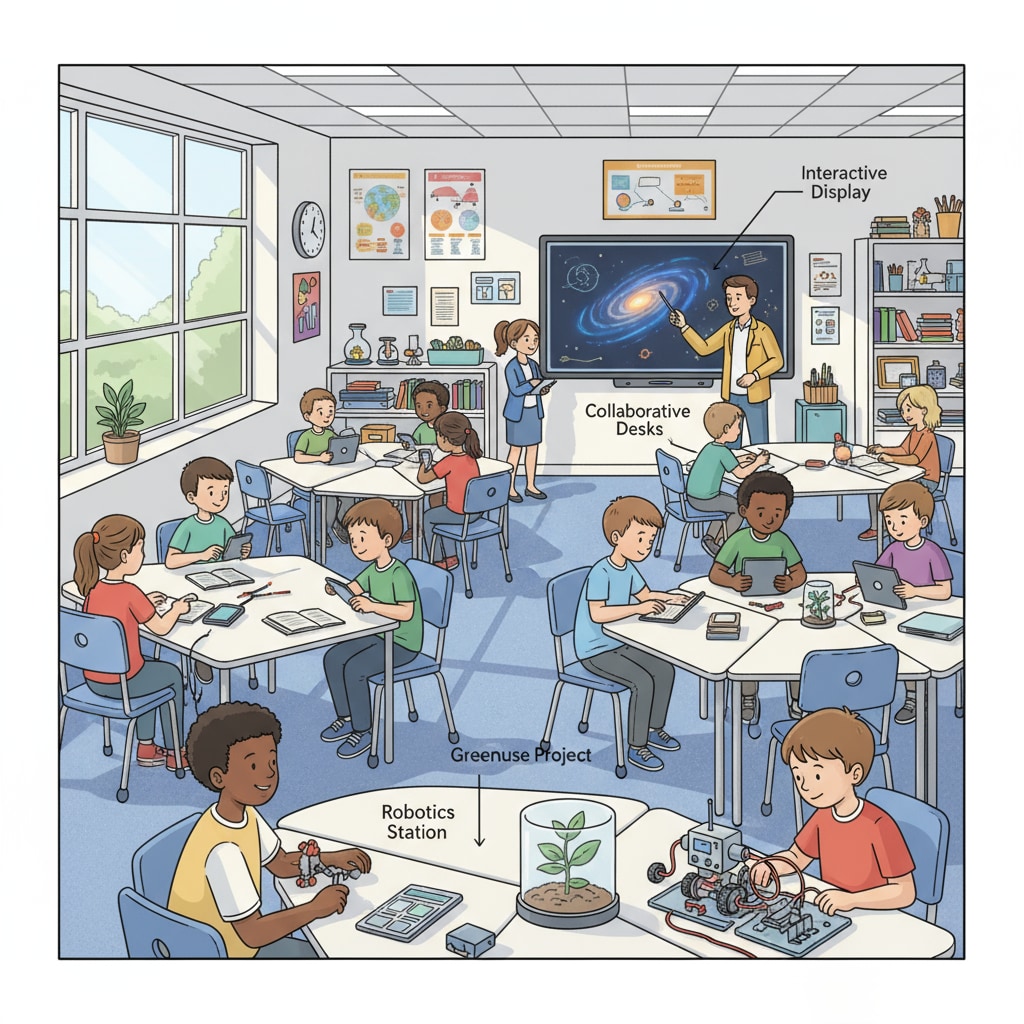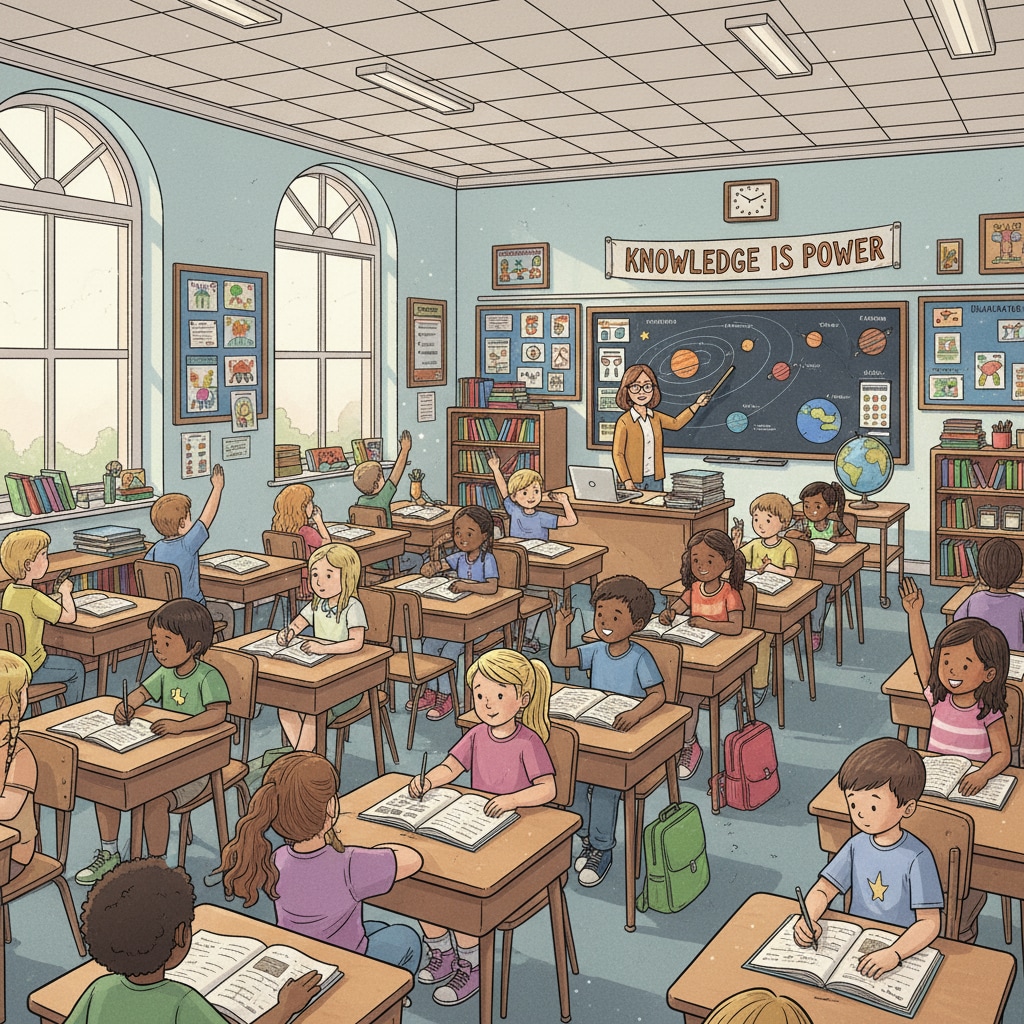In the landscape of children’s education, the decision between public and private schools is a significant one. The choice of educational institution can shape a child’s academic journey, personal growth, and future prospects. This article will explore the advantages and disadvantages of public and private schools and provide insights into the optimal timing for a transition from public to private education.

The Allure of Public Education
Public schools are often the first choice for many parents. They offer a standardized curriculum, ensuring that students receive a well-rounded education. For example, public schools are funded by the government, which means they can provide a wide range of extracurricular activities, such as sports, music, and art. Additionally, public schools typically have a diverse student body, exposing children to different cultures and backgrounds. This diversity can enhance a child’s social skills and understanding of the world. According to the U.S. Department of Education, public schools serve the majority of students in the country, emphasizing their importance in the educational system. However, public schools may face challenges such as large class sizes, which can limit individual attention for students.

The Appeal of Private Education
Private schools, on the other hand, offer a more personalized approach to education. They often have smaller class sizes, allowing teachers to provide more individualized attention to students. In addition, private schools may have specialized programs, such as gifted and talented education or language immersion. For instance, some private schools focus on developing critical thinking and problem-solving skills through project-based learning. A study by the National Center for Education Statistics shows that students in private schools may have better academic performance in certain subjects. Moreover, private schools can provide a more structured environment, which may be beneficial for some children. However, private schools come at a cost, both in terms of tuition fees and the application process, which can be competitive.
When considering a transition from public to private school, parents need to take into account several factors. The child’s academic needs, social and emotional development, and family circumstances all play a role. For example, if a child is struggling academically in a public school and needs more one-on-one attention, a private school with smaller class sizes might be a good option. On the other hand, if a child is thriving socially in a public school and has a strong group of friends, the transition could be more challenging. Therefore, it’s essential to have an open conversation with the child and understand their feelings about the potential change.
Readability guidance: By breaking down the information into short paragraphs and using lists where appropriate, we make the content easier to digest. Each H2 section provides key points about public and private education, and the use of transition words like “however,” “in addition,” and “therefore” helps to connect ideas smoothly.


